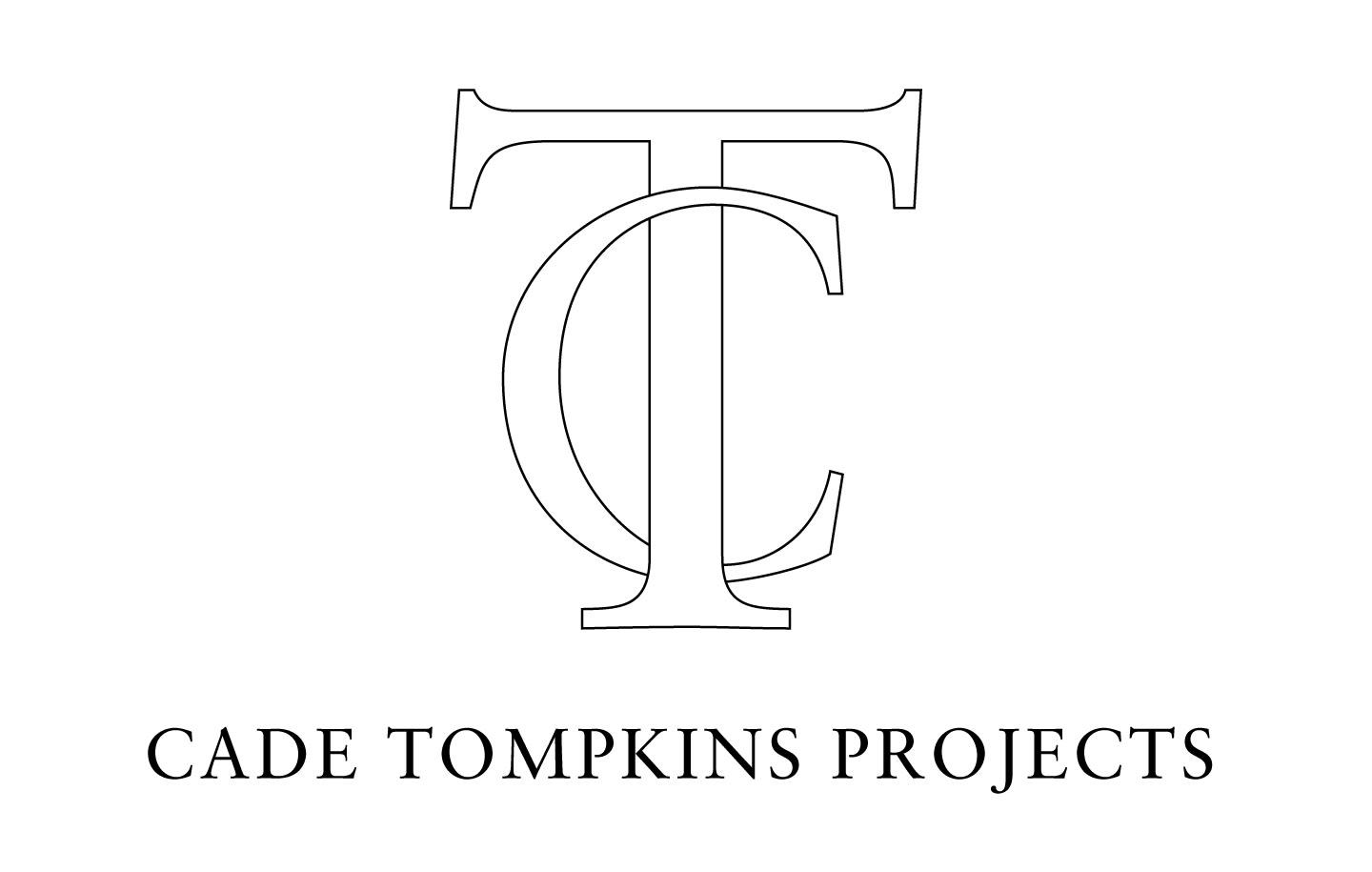Cade Tompkins Projects is pleased to exhibit an extraordinary collection of work created by RISD Faculty and Alumni whose symbiotic relationships have informed their respective careers. The exhibit debuts a curated selection of drawings, prints, sculpture and painting.
Nancy Friese has spent much of her artistic life painting en plein air, in solitude with nature. Her vibrant work depicts the sublime and dwarfing power of the earth. Connecting psychologically with the space, Friese adeptly renders the sweet quiet that her engulfing worlds portend. Sophiya Khwaja is a Pakistani artist living and working in Islamabad. Her images often picture a solitary female figure, navigating the strange world. Fantastic landscapes diverge from reality where the earth sprouts fuzzy black hair and the atmosphere is marked with symbols - a tiny black cloud, a single rain drop, a blue balloon - that indicate the emotion of the work.
Daniel Heyman’s work largely examines stories of humanity. Be they intimate self portraits, or narratives of the atrocities of war, his work entwines the multitude of ideologies, obligations, emotions and possessions that define our existence. Stella Ebner similarly portrays ideological and cultural symbols in her color-saturated screen prints on Japanese paper. In Memorial Day Parade Parts I and II Ebner’s compositional decisions allow the viewer only a restricted view of the American flag, focusing on the stasis of the brass bald eagle adorning the staff and the great blue, cloud-covered sky that evokes the undercurrents of arising battles for belief.
Julia Jacquette creates grand paintings of fabulous excess. Themes of human vices abound: sweets, women, alcohol, luxury. Seductive and almost intimidating, the works’ photo realistic qualities lend a stark elevation to the subjects. Tedd Nash Pomaski draws primarily with graphite on paper. Growing up on the big island of Hawai‘i, one of Pomaski’s influences is the ocean. He has set out to create 108 wave drawings. Like Jacquette’s engulfing paintings, Pomaski creates environments of waves which have come about from an editing of process and material, arriving at one repeated mark, one piece of graphite and one piece of paper with which to revere his subjects.
Dean Snyder’s sculptures seem entirely out of this world. Using metal flake paint and epoxy composite, Khronos, is a formidable sculpture that very clearly describes the relationship between the slick, stone-like exterior of lime- green paint and the fleshy meat of the interior. As if uncovering a mystery, Snyder’s sculptures have the ability to captivate while balancing humor and horror. James Foster combines the sensibilities of the known and unknown: familiar materials and landscapes of everyday life and the infinite beyond of outer space. He examines his work thusly, “We build fences and trace constellations and this patchwork-mosaic grows, mirrored above and below, and it reflects the desire we have to make things known, and thus understandable. This is the desire to make the abstract personal.” John Udvardy is a modernist sculptor whose assembled structures are based in Cubist sensibilities surrounding painting and collage. The varied, yet elegant work weaves poetic tales of work and leisure in stunning masses of materials including wood, stone, fired clay, nails, paint stirrers and canvas. Indeed, the sculptures make important what may otherwise seem discardable. Huckleberry Starnes explains that he would never have become a sculptor if it were not for John Udvardy. His works from the Beacon series are by his telling, “inspired by his move from rural Ohio to coastal New England at the age of 12. Each piece is meant to serve as a marker in time and place, and when aligned using the numerical sequence in the titles they create a timeline of remembered history as viewed through the lens of the present.” Starnes’ intimate objects plug in, using the electricity of their current home to illuminate the history behind their existence.







